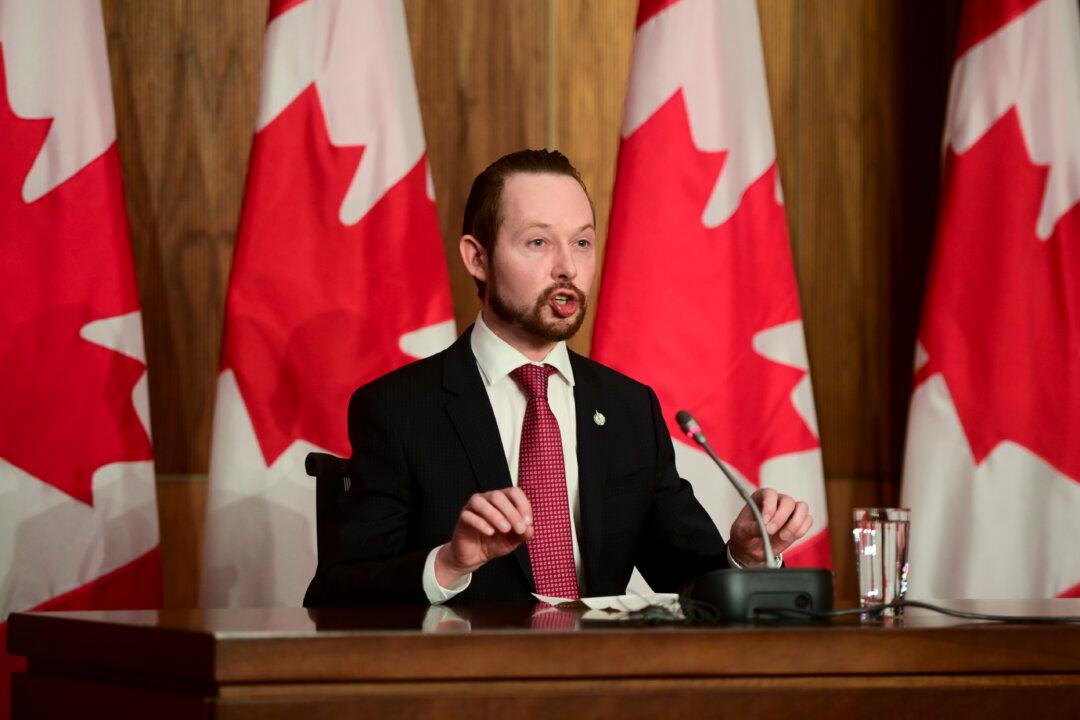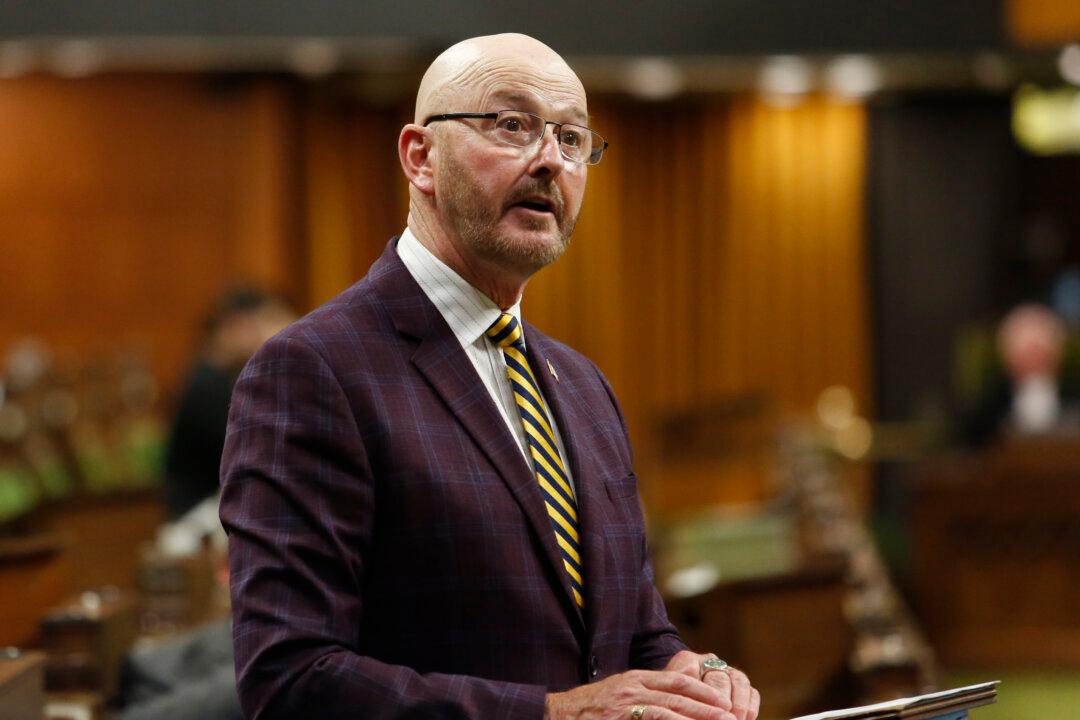Time to Give Peace a Chance, Say Advocates
An organization working to establish a department of peace within the federal government is hopeful that the higher level of awareness of the issue among politicians in the current Parliament will help further the cause.

NDP MP Alex Atamanenko plans to table a bill calling for the establishment of a cabinet-level minister of peace and department of peace. Ursula Heller

Joan Delaney
Senior Editor, Canadian Edition
|Updated:





